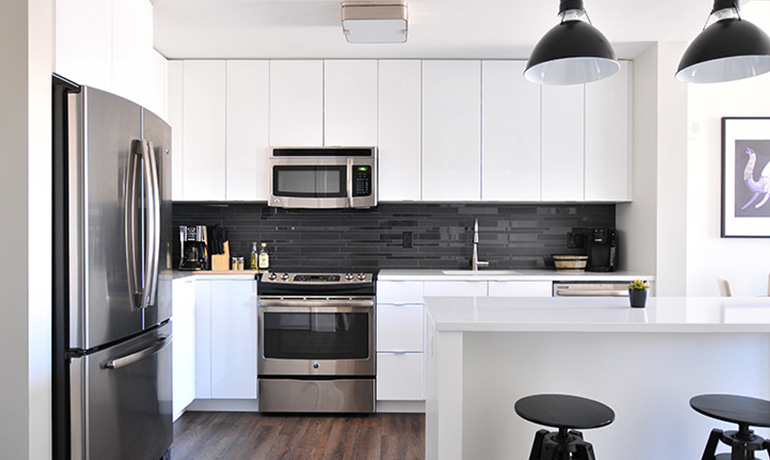Common Reasons Why Your MacBook Won’t Power On
If your MacBook won’t turn on, it can be frustrating and worrying. However, there are common reasons for this issue that can help you troubleshoot effectively. Here are some possible causes:
-
Battery Drain: A drained battery is a common reason for a MacBook not turning on. Connect your MacBook to a power source and let it charge for at least 30 minutes before trying to turn it on again.
-
Faulty Power Adapter: Sometimes, the problem lies with the power adapter. Check if it’s securely connected to your MacBook and the power outlet. If possible, try using a different power adapter to see if that solves the problem.
-
Hardware Malfunction: A hardware malfunction can prevent your MacBook from powering on. This could be due to a faulty logic board, RAM, or other internal components. If you suspect a hardware issue, contact Apple Support or visit an authorized service center for help.
Step-by-Step Troubleshooting to Fix MacBook Startup Issues
If your MacBook still won’t turn on after considering the common reasons mentioned above, follow these troubleshooting methods to resolve the startup issues:
-
Reset the SMC: The System Management Controller (SMC) controls hardware functions, including power management. To reset the SMC, shut down your MacBook, then press and hold the Shift, Control, and Option keys along with the power button for 10 seconds. Release the keys, then press the power button to turn on your MacBook.
-
Perform a Safe Boot: A Safe Boot can help identify and resolve software-related issues. To perform a Safe Boot, shut down your MacBook, then press the power button and immediately hold down the Shift key. Release the Shift key when you see the Apple logo and login screen. If your MacBook starts up successfully in Safe Boot, restart it normally to see if the issue is resolved.
-
Check for Disk Errors: Disk errors can also cause startup problems. Restart your MacBook and hold down the Command and R keys until the Apple logo appears. This will boot your MacBook into Recovery Mode. From the Utilities menu, select Disk Utility and choose your startup disk. Click on “First Aid” and then “Run” to check and repair any disk errors.
By following these troubleshooting steps, you should be able to identify and resolve the issue preventing your MacBook from turning on. If the problem persists, contact Apple Support or visit an authorized service center for further assistance. Remember to regularly back up your important data to avoid potential data loss during troubleshooting.
If you own an Apple MacBook and it is not turning on, this is the ultimate guide to follow in order to diagnose and repair the problem.
The first step is to check the power cord and ensure it is securely plugged into the MacBook and also into the wall outlet. Check the socket switch and also the power strip, if any, to make sure they are in the ‘ON’ position. If the cords are connected and the power strip is on, then move to the next step.
Second, make sure the macOS is up to date. On your computer, you should go to the “Software Update” option, available on the Apple icon menu bar. If there are any updates available, they need to be installed immediately. While you are downloading the macOS updates, ensure that you are also downloading the Firmware updates as these could be the root cause of the issue.
Third, perform a SMC reset on your MacBook. To do this, switch off your MacBook and unplug the power adapter. Hold down the keys ‘CTRL’, ‘OPT’ and ‘SHIFT’, after which you need to press and hold ‘POWER’ button. Then, you must release all the keys simultaneously. After you perform the reset, plug back the power adapter and check whether the MacBook is turning on or not.
Fourth, if the SMC reset doesn’t fix the issue, then you need to reset the NVRAM. Begin by restarting your MacBook and press the ‘POWER’ button while holding down the ‘OPTION’, ‘COMMAND’, ‘P’ and ‘R’ keys. You must continuously press these keys until you hear the startup sound for the second time. By resetting the NVRAM, you should be able to make the MacBook turn on.
And finally, if you still haven’t been able to diagnose the issue, then the only step left would be to take it to the nearest Apple store or service center. An Apple technician will be able to help you quickly diagnose and repair the MacBook.
Following these steps outlined above, you should be able to get your MacBook running smoothly again.


